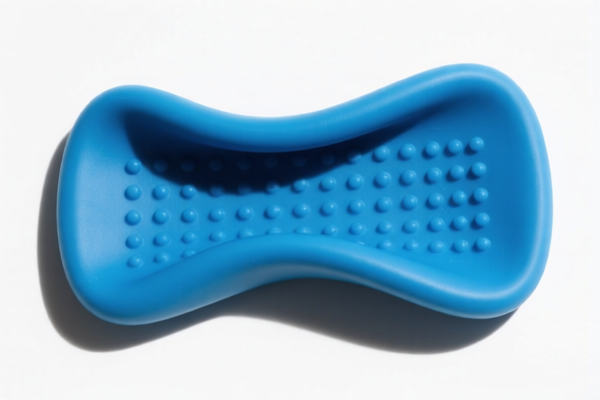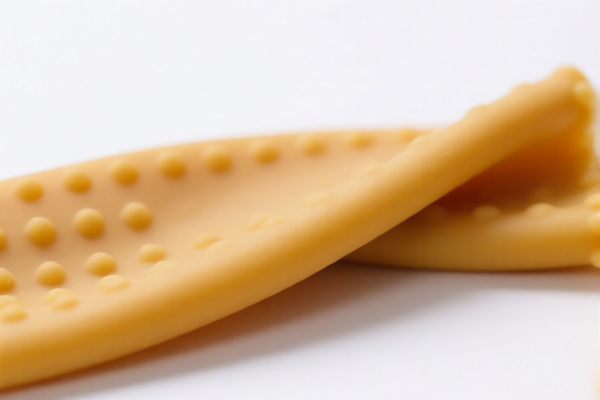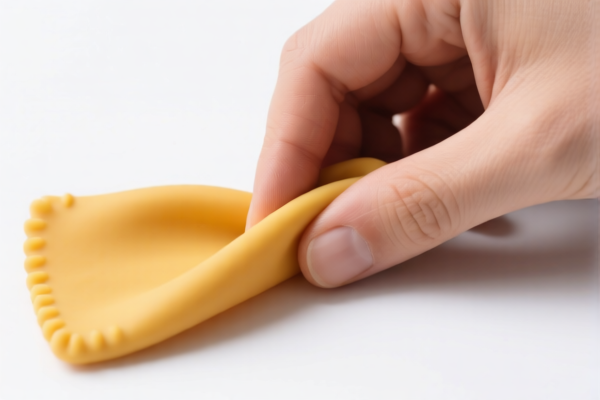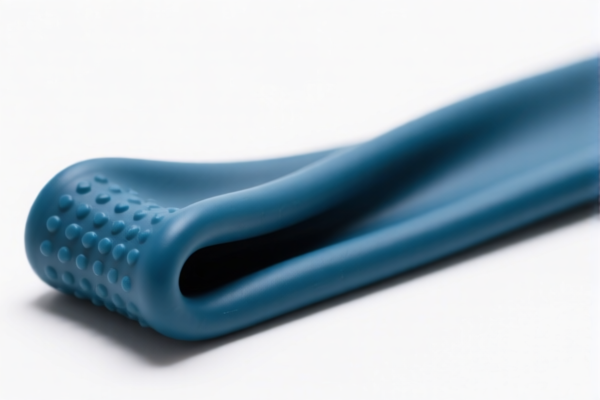| HS Code | Official Doc | Tariff Rate | Origin | Destination | Effective Date |
|---|---|---|---|---|---|
| 8205517500 | Doc | 58.7% | CN | US | 2025-05-12 |
| 8205598000 | Doc | 58.7% | CN | US | 2025-05-12 |
| 8201906000 | Doc | 55.0% | CN | US | 2025-05-12 |




Rubber Hammer
A rubber hammer is a percussion tool, most commonly featuring a head made of solid rubber, attached to a handle. It is designed to deliver blunt force without causing significant marring or damage to the impacted surface.
Material:
- Head: Typically made of solid rubber, often natural or synthetic. Different rubber compounds offer varying degrees of hardness and resilience. Some hammers utilize polyurethane for increased durability and resistance to wear.
- Handle: Commonly made of wood, fiberglass, or plastic. Handles are designed for a secure grip and to absorb shock.
Purpose:
The primary purpose of a rubber hammer is to apply impact force gently. It is used when damaging the surface of the material being worked on must be avoided.
Function:
The rubber head absorbs much of the impact energy, converting it into a softer, less forceful blow. This minimizes the risk of dents, scratches, or breakage. The weight of the hammer head provides the force, while the rubber dampens the impact.
Usage Scenarios:
- Automotive Work: Loosening or seating parts without damage, such as trim pieces, bearings, or drums.
- Woodworking: Assembling furniture, tapping pieces into place, or driving dowels without marring the wood.
- Metalworking: Shaping soft metals, aligning components, or removing dents.
- Tile and Flooring: Tapping tiles into place, installing resilient flooring.
- General Assembly: A variety of assembly tasks where a soft blow is required.
- Upholstery: Driving tacks or staples into frames.
Common Types:
- Standard Rubber Hammer: Features a solid rubber head and a wooden or fiberglass handle. Available in various weights.
- Dead Blow Hammer: Contains shot (typically steel balls or lead) inside the head, which further dampens vibration and reduces rebound. Useful for applications requiring precise control and minimizing shock.
- Soft-Face Hammer: Features interchangeable rubber or plastic faces of varying hardness. Allows for different impact forces and surface protection.
- Mallet: While often larger than a standard rubber hammer, mallets share a similar function and utilize a soft head (often rubber, plastic, or rawhide) for gentle impact.
- Magnetic Rubber Hammer: Incorporates a magnet in the head for retrieving dropped tools or holding small metal parts in place.
Based on the material, use, and application scenarios, a rubber hammer is a hand tool typically used for striking surfaces without causing damage, often employed in assembly, disassembly, or gentle force applications.
The following HS codes are relevant:
- 8205517500: This code covers “Other handtools (including glass cutters) and parts thereof: Household tools, and parts thereof: Other”. A rubber hammer could fall under this category if it is considered a household tool. The total tax rate is 58.7%, comprised of a 3.7% base tariff, a 25.0% additional tariff, and a 30.0% additional tariff effective after April 2, 2025.
- 8205598000: This code encompasses “Handtools (including glass cutters) not elsewhere specified or included; blow torches and similar self-contained torches; vises, clamps and the like, other than accessories for and parts of machine tools or water-jet cutting machines; anvils; portable forges; hand- or pedal-operated grinding wheels with frameworks; base metal parts thereof: Other handtools (including glass cutters) and parts thereof: Other: Other”. If the rubber hammer doesn’t fit specifically into other handtool categories, it may be classified under this more general heading. The total tax rate is 58.7%, consisting of a 3.7% base tariff, a 25.0% additional tariff, and a 30.0% additional tariff effective after April 2, 2025.
Customer Reviews
No reviews yet.